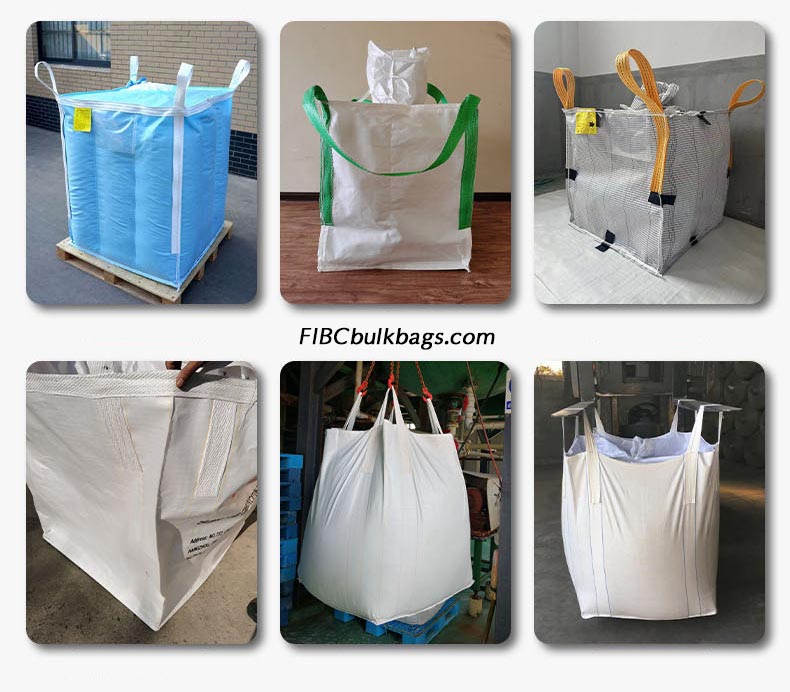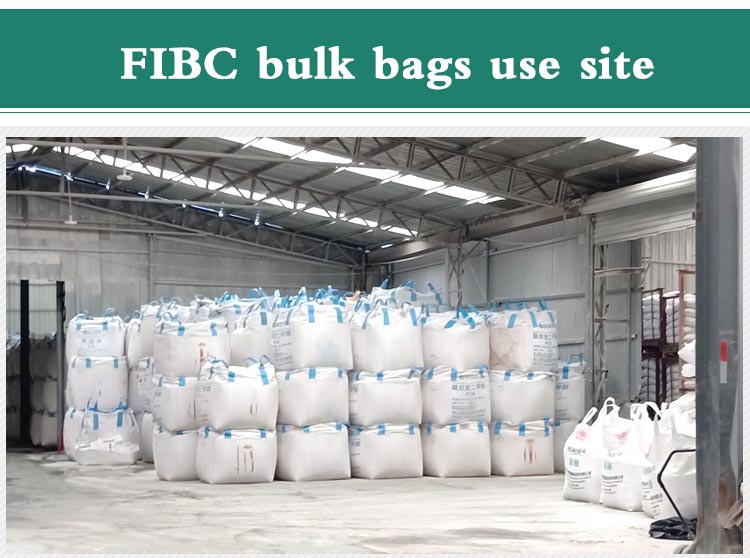Which country has the most manufacturers of FIBC Bulk bags
As an important tool for modern logistics and industrial transportation, the FIBC (Flexible Intermediate Bulk Container) is widely used in the fields of chemical industry, minerals, agriculture and so on. Globally, China’s number of manufacturers of FIBC Bulk bags, production capacity and export scale are ranked first in the world, behind this position is the comprehensive advantages of China’s manufacturing industry and the long-term accumulation of industry ecology.
First, industrial scale and cluster effect
China has the world’s largest container bag manufacturing industry cluster. According to industry statistics, China’s existing more than 2,000 container bag manufacturers, mainly concentrated in Jiangxi, Zhejiang, Jiangsu, Shandong, Guangdong and other major manufacturing provinces. Most of them have formed a complete industrial chain from raw material supply (e.g. polypropylene, polyethylene) to weaving, printing, sewing and testing. This cluster effect significantly reduces production costs and improves the industry’s responsiveness.
In addition, China’s container bag production capacity accounts for more than 60% of the total global production capacity.2022 data shows that China’s annual production capacity of FIBC Bulk bags is more than 500 million, which is exported to more than 120 countries and regions such as Europe, America, Southeast Asia and Africa. The annual production capacity of many domestic enterprises have exceeded ten million, and have the ability to customize special FIBC Bulk bags (such as anti-static, food grade) for international customers.

Second, the cost advantage and technological upgrading
The competitiveness of China’s container bag industry stems from multiple cost advantages. First, labor costs are relatively low, although the cost of labor has risen in recent years, but the popularity of automated equipment (such as high-speed circular knitting machines, automated cutting line) to make up for this gap. Second, there is an ample supply of upstream raw materials, and China, as the world’s largest producer of polypropylene, is able to source raw materials at lower prices. Taking 2023 data as an example, the procurement cost of polypropylene fibers in China is 20-30% lower than in Europe and the United States.
At the same time, Chinese manufacturers are transitioning from “low-end manufacturing” to “high-value-added products”. For example, through the introduction of ISO 21898, the European Union EN 1898 and other international certification standards, Chinese enterprises have been able to produce to meet the leakage of chemicals, food transportation mold and other high-end demand for products. Some enterprises have also developed recyclable and environmentally friendly FIBC Bulk bags, in line with the global trend of sustainable development.
Third, policy support and market demand driven
Chinese government support policies for the manufacturing industry for the container bag industry provides an opportunity for development. For example, the “14th Five-Year Plan” clearly put forward to promote the intelligent transformation of light industry and textile industry, local governments through tax breaks, export tax rebates and other ways to encourage enterprises to expand overseas markets. In addition, China as the world’s largest exporter, its own logistics needs have given rise to a huge domestic market. 2022, China’s domestic consumption of 180 million bags, mainly used for fertilizer, cement and other bulk commodities transportation.
In the international market, the “Belt and Road” initiative further boosts demand. Infrastructure construction in countries along the route requires a large number of building materials and industrial raw materials, and China’s FIBC Bulk bags have become the preferred packaging solution by virtue of its cost-effective advantage. In Southeast Asia, for example, China’s exports of FIBC Bulk bags to Vietnam in 2023 increased by 27% year-on-year, mainly serving the local electronics industry and agricultural processing industry.
IV. Challenges and Future Outlook
Despite China’s dominance, the industry still faces challenges such as fluctuating raw material prices and international trade barriers (such as the EU anti-dumping investigation). In the future, enhancing brand value-added and expanding into high-margin segments (e.g., medical-grade FIBC Bulk bags) will be key. In addition, the application of digital supply chain management (e.g. blockchain traceability technology) is expected to further enhance the international competitiveness of Chinese enterprises.
In summary, the booming development of China’s container bag industry is inextricably linked to the country’s manufacturing base and industry chain integration capability, and this advantage will continue in the longer term.






